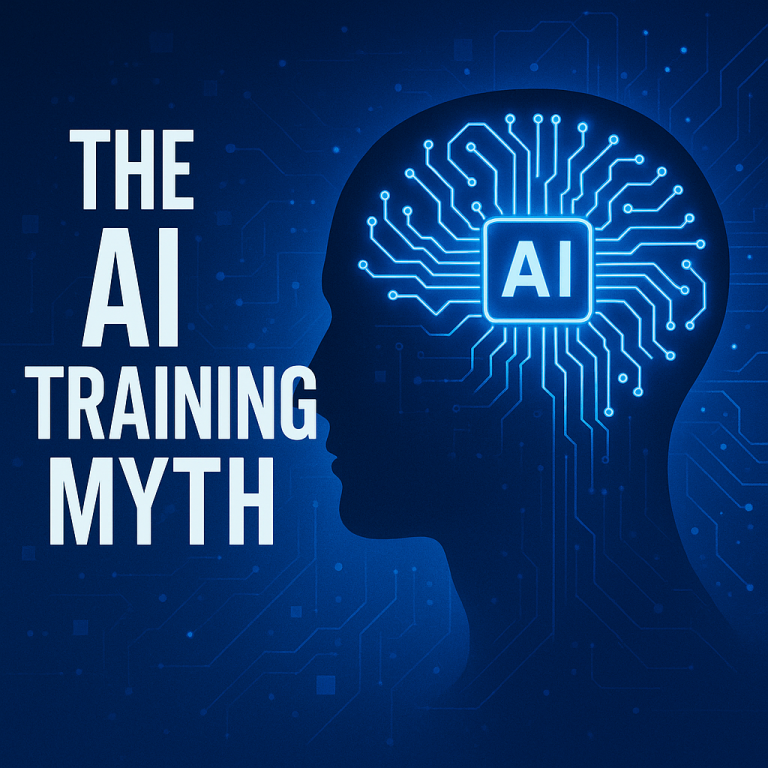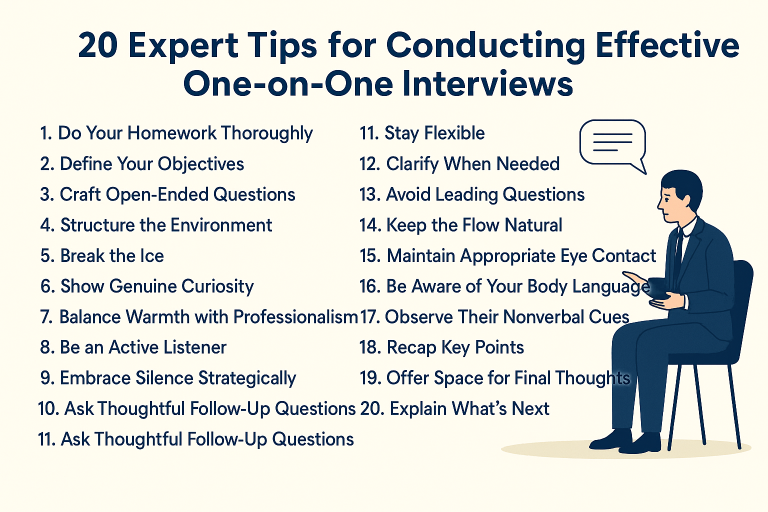As AI-native interfaces like ChatGPT, Google’s AI Overviews, and Perplexity transform how users access information, a new paradigm is emerging: Generative Engine Optimization (GEO).
Whereas SEO focuses on search engine result pages (SERPs), GEO is concerned with how content is retrieved, summarized, and cited by large language models (LLMs) in response to user prompts. The shift is not cosmetic—it’s architectural. GEO demands a rethinking of visibility, authority, and trust in an LLM-dominated information ecosystem.
1. What Exactly Is GEO?
Generative Engine Optimization (GEO) refers to the set of strategies, technical structures, and content principles used to maximize the inclusion and fidelity of your content in AI-generated outputs.
Rather than optimizing for keyword rankings in traditional search, GEO optimizes for:
- Inclusion in answer sets generated by LLMs (e.g., ChatGPT, Gemini, Claude)
- Citation frequency in AI outputs
- Semantic relevance and source authority as interpreted by generative algorithms
- Positioning within multimodal AI interfaces (text, voice, image, code, etc.)
In practical terms, GEO involves engineering your content, metadata, topical graph, and source signals to become part of the preference stack used by AI agents to synthesize responses.
In the GEO paradigm, your “rank” is replaced by your representation in probabilistic inference, attention scores, retrieval pipelines, and prompt-time citations.
2. Why GEO Is Strategically Non-Optional
By 2025, a growing portion of high-intent informational queries will never result in a click. They’ll be resolved entirely within AI-generated interfaces.
This means:
- Traditional click-through SEO will decay in influence
- Brand discovery will be mediated by LLM summarization
- Trust will be algorithmically interpreted via citation graphs, embedding distance, and content provenance
Ignoring GEO now is equivalent to ignoring Google in 2005 or mobile optimization in 2012. The delta between brands that proactively adapt and those that wait could be existential in high-competition categories.
In short:
You are either being referenced by AI—or you are being omitted.
3. GEO vs SEO: Structural Differences
| Dimension | SEO (Search Engine Optimization) | GEO (Generative Engine Optimization) |
|---|---|---|
| Target System | Index-based search engines (Google, Bing) | LLMs (ChatGPT, Gemini, Perplexity, Claude, etc.) |
| Output Format | Webpage rankings in SERPs | AI-generated answers or summaries |
| Ranking Signal | Backlinks, keywords, structured data | Semantic relevance, embeddings, source authority |
| Optimization Goal | Maximize organic traffic via SERPs | Maximize inclusion in generative answers |
| Evaluation Metric | Clicks, impressions, dwell time | Citation rate, mention frequency, model recall |
GEO does not replace SEO. Instead, it supersedes it in contexts where generative engines are the front end, not the index. GEO sits at the intersection of AI, information retrieval, and content strategy.
4. A Paradigm Shift: From Retrieval to Reasoning
GEO isn’t merely an extension of SEO—it’s a paradigm shift.
Just as the printing press reshaped knowledge distribution, and the web browser redefined information access, generative engines are transforming how understanding itself is mediated.
When users ask AI for advice, summaries, or ideas, they are no longer scanning links—they’re consuming answers. This fundamentally alters the role of content: not to attract attention, but to become a trusted input in machine reasoning.
- SEO is about getting indexed and ranked
- GEO is about being encoded, retrieved, and reasoned from
5. How Generative Engines Select and Cite Content
LLMs do not “crawl” in real-time like traditional search engines. Instead, they:
- Encode textual knowledge into dense vector embeddings
- Use retrieval-augmented generation (RAG) to ground outputs with external sources
- Apply attention mechanisms to surface relevant facts during response synthesis
- Bias toward content with structured context, source attribution, and factual clarity
This means your content must:
- Exist within trusted public repositories (open web, wikis, PDFs, FAQs)
- Be structured for machine readability (clean markup, semantic HTML, schema.org)
- Establish domain authority via link graphs, citations, and third-party endorsements
- Contain clear authorship signals, publication date, and factual statements
6. Common GEO Pitfalls: A Case Study in Absence
Imagine a company with excellent SEO performance: fast pages, keyword-rich articles, thousands of backlinks. However, when asking an LLM like ChatGPT or Perplexity about the topic, their site is never mentioned.
Why? Because the content isn’t structured in a way AI can confidently interpret or cite. It lacks the entity structure, semantic clarity, and contextual signals needed to surface in LLM responses.
This is the silent failure of ignoring GEO: you are present in the index, but absent from the AI’s worldview.
7. GEO Optimization: Key Principles and Tactical Playbook
To operationalize GEO, focus on four foundational pillars:
A. Semantic Grounding
- Use precise, unambiguous terminology
- Include glossaries, FAQs, and definitions in natural language
- Build topic clusters around core questions your audience would ask AI
B. Structured Authority
- Add schema markup:
FAQ,HowTo,Article,Organization,Author - Use canonical URLs, clean heading structures, and internal linking
- Establish your domain’s identity across knowledge graphs and entity networks
C. Retrieval Surface Engineering
- Ensure crawlability by LLM-friendly bots (e.g., GPTBot, Gemini crawler)
- Use plaintext/HTML instead of heavy JS rendering
- Maintain content in publicly accessible, low-latency pages
D. Promptability (Answer Compatibility)
- Structure content in ways that match question-answer formats
- Use lists, tables, bullet points, and clear subheadings
- Reduce ambiguity and use assertive factual tone
8. Measuring GEO Impact
Traditional metrics like pageviews or time-on-site don’t fully capture GEO success. Instead, look for these indicators:
- Inclusion in AI-generated summaries
- Mentions in “Learn more” links within AI platforms
- Presence in public datasets or knowledge bases (Wikipedia, StackOverflow)
- Brand recall or citation in open-source LLM logs (when applicable)
- First-touch interactions via AI-driven interfaces
9. Beyond Visibility: GEO as Information Infrastructure
GEO isn’t just about traffic—it’s about becoming part of the information layer AI trusts. In a world where large language models are intermediating all knowledge transactions, GEO ensures your content isn’t just seen—it’s understood and referenced.
If SEO was about being found, GEO is about being reasoned from.
It transforms your brand from a content publisher into a first-order knowledge node in the global AI ecosystem.
Final Thoughts
Generative Engine Optimization represents the next evolution of digital visibility.
As generative engines become the default mode of interaction, understanding how LLMs interpret, cite, and synthesize your content is no longer optional. GEO isn’t a tactic—it’s an AI-era visibility strategy.
Those who master it now will not only lead in attention—but define the frameworks through which AI systems understand their domains.
Want help implementing GEO principles? Connect with us at lymefun@gmail.com or explore more frameworks at KnowB2B.com



